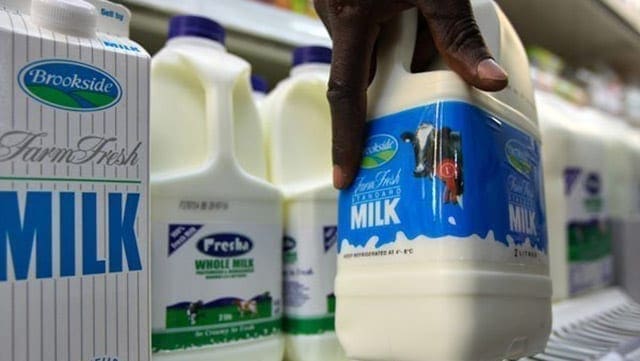ZIMBABWE – Milk production has increased from 4,395 million in February to 5,660 million litres in March, businessdigest has learnt.
According to statistics availed by the Dairy Services Unit in the department of Livestock and Veterinary services, milk production increased to 5,660 million in March compared to 5,378 million litres during the same period last year, an increase of 5,24%.
The increase of milk production in March is more than a million litres than that produced in February. Heavy rains experienced countrywide resulted in a slump in milk production in February.
Zimbabwe Association of Dairy Farmers chairman Emmanuel Zimbandu told businessdigest earlier this year that the rains that pounded most parts of the country led to the slump in milk production in February.
“The reason for the reduction in February was because we experienced a lot of rain which affected the dairy cows,” Zimbandu said.
“The heavy rains disrupted the dipping process for dairy cows which resulted in the animals contracting tick-borne diseases. This has led to a drop in milk production.”
There was also an increase in milk retailed by producers in March which was 575 000 litres compared to 532 000 litres the previous month.
The amount produced in March was however lower than the 584 000 litres produced in the corresponding period last year, representing a 1,51% drop.
There was also an upsurge in milk intake by processors from 3,863 million litres in February to 5,086 million litres in March.
More than 4,795 million litres were taken in by processors during the same period last year, representing a 6,06% increase.
Milk production increased by 13% to 65 million litres last year compared to 58 million litres recorded in the prior year due to import restrictions and a dairy revitalisation project.
According to the Zimbabwe Dairy Industry Trust, the 13% increase in milk production was in line with the target annual growth of 12%.
Milk production levels have dramatically plummeted from the early 1990s peak of 260 million litres per year to between 50 million and 65 million litres currently, as the industry struggles to recover from the devastating impact of the chaotic land reform programme and economic turmoil.
May 12, 2017: Zimbabwe Independent










